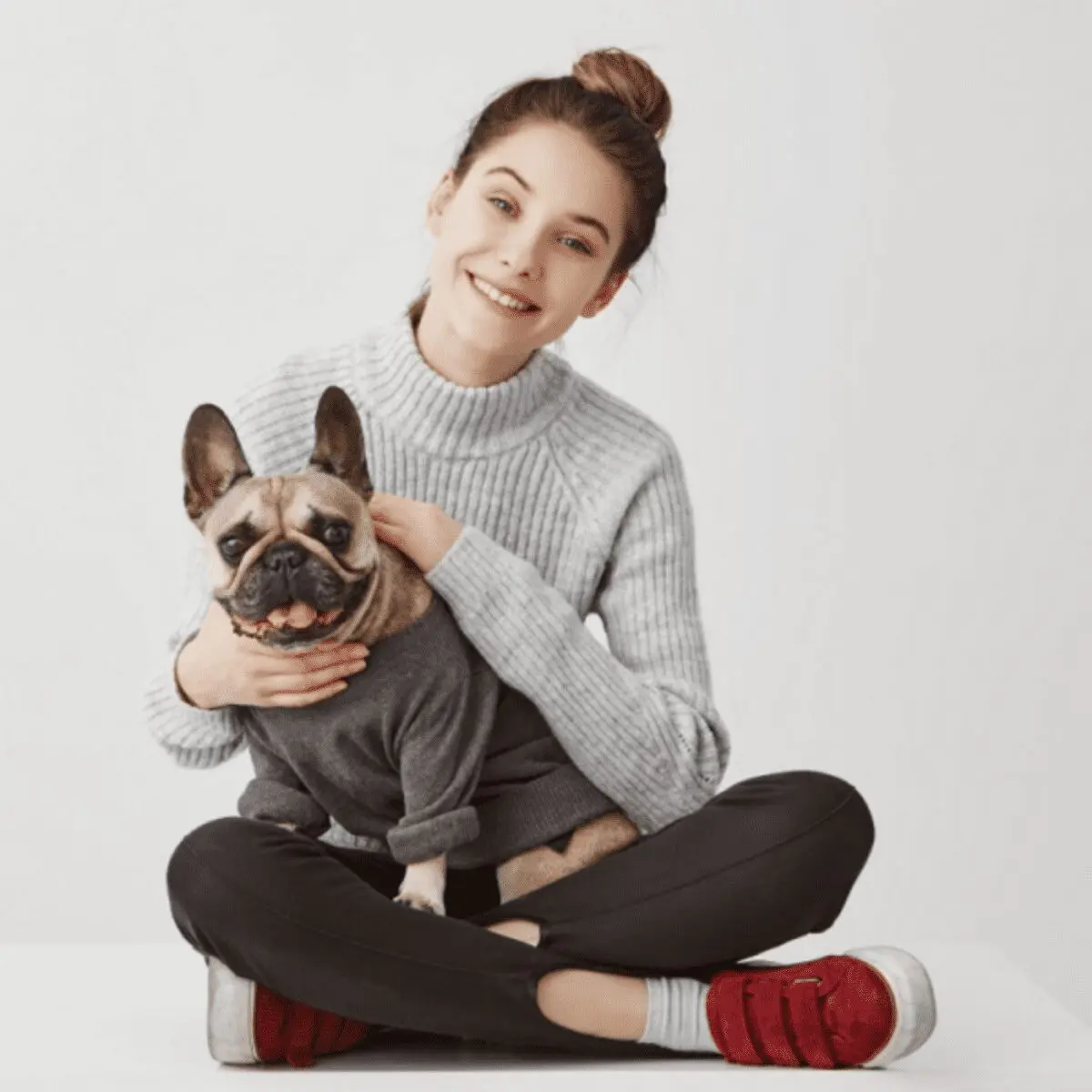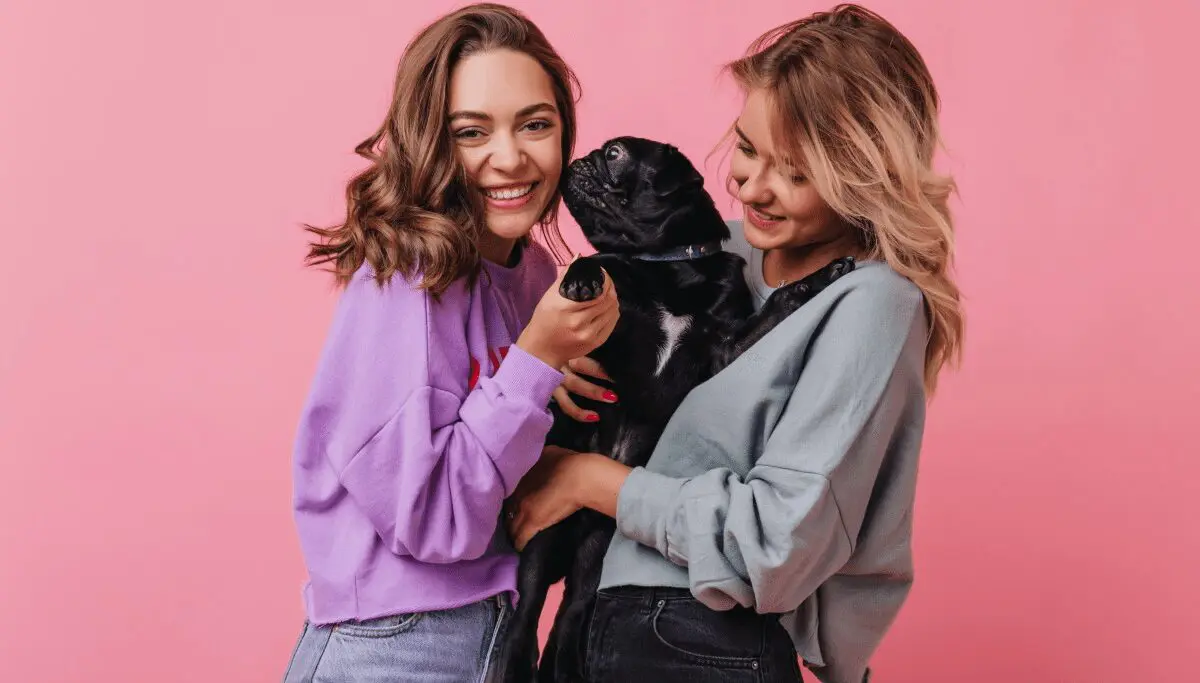Common questions we hear when customers contact us include, “how is raw dog [or cat] food prepared?“, “how much raw dog [or cat] food per day?“, “what’s raw dog [or cat] food?“, “what is complete raw dog [or cat] food?“, “what to mix raw dog [or cat] food with?“, “what is daf (DAFF) raw dog [or cat] food?“, “why raw dog [or cat] food diet?“, “why feed raw dog [or cat] food?“, “why raw dog [or cat] food is best“, “why raw dog [or cat] food is better?” or “what raw dog [or cat] food is best?“. We will help you take the guess work out of switching to a raw diet for your cats or dogs!
Site Access and Placing Orders
Your Site says I am logged in, but when I place the order, it asks me to login again!
Our apologies! It happens sometimes when the network caching devices confuse your browser, or there is a version difference beween the page you are viewing and the page the server thinks you are viewing. The best course of correction is to force your browser to ask for a refreshed page from the server by pressing the CTRL and F5 buttons on your keyboard at the same time. For smart phones, pulling the page down for a few seconds will achieve the same. This will ensure that your browser ad the server is looking at the same version of the page.




